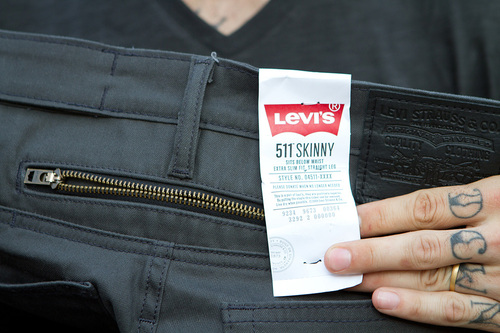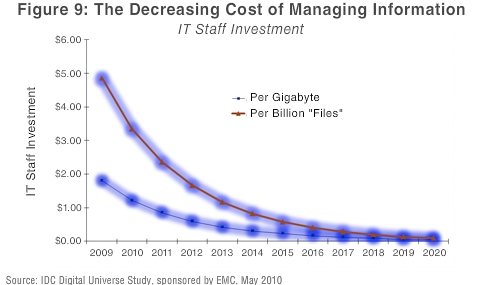Why should you attend this event?
The ‘Global Media Ideas‘ event is an annual international summit at the Sydney Opera House that ‘caps off’ Vivid Sydney – a festival of light, music and ideas.
I don’t claim to know what the ‘X’ in X Media Lab stands for, however if I had to guess then I would say it stands for a ‘high quality experience’. Personally, I think the ‘X’ is all about ‘crossing’ everything possible – crossing skills, crossing the T’s, crossing your comfort zones, crossing people and mediums, crossing your learnings potential, crossing ideas and global locations, crossing time and challenges etc. Some people describe it as an ‘X’ factor!
 The Lab is what this is all about. At all times the focus is on you and your ideas. You may be challenged and steered into new ways of thinking – but the sole aim is to actively help you define and achieve your goals to accelerate your commercial success. You can nominate your project for the lab here: http://www.xmedialab.com/project-application
The Lab is what this is all about. At all times the focus is on you and your ideas. You may be challenged and steered into new ways of thinking – but the sole aim is to actively help you define and achieve your goals to accelerate your commercial success. You can nominate your project for the lab here: http://www.xmedialab.com/project-application
There is a good chance that I will put myself out of business by saying this, however if you are unable to afford the services of a strategy type person (like myself) to help you with your business, then you must participate.
“..Being part of X|Media|Lab is like winning the startup lottery. Having one to one sessions with some of the biggest minds in the industry gave us invaluable strategic insights that have helped shape our business thinking both now and in the future. Since X|Media|Lab our online creative community, The Loop has grown beyond our wildest expectations..”
– Pip Jamieson (@theloopoz), Director at The Loop, Sydney
“..The XMedia crew always source an incredible array of speakers from all around the world – diverse, inspiring and, even better, surprising. The format of the event – very short speeches – culls any dross, so the speakers are always ‘too the point’ and impactful. Its a great way to meet and source talented folks you want to work with in the future (from a range of disciplines) and we’ve certainly made use of the opportunity on several occasions“.
– Marshall Heald (@marshallheald), Head of Online & Content Distribution at SBS, Sydney
The emphasis of this upcoming event is on practical world-class solutions: what works, what doesn’t, and what you should be planning for this year and beyond. It is not a one-way flow of information – the program is designed to enable you to connect personally with thought leaders, mentors and potential business partners, handpicked from around the world – including Silicon Valley, Shanghai, London, Hollywood, New York, Tokyo, Seoul, and Singapore.
It is an intense information download and relationship building event for communicators in the digital age. There is no fi ller, no pitching and no panel – just solid, actionable content that you can take away and apply to your business or organisation immediately.
If you go, you will learn how to take your business to international markets. You will learn how to apply learning from cutting-edge case studies of what’s happening now in creative ideas and innovation in media and technologies – including: mobile, social, gami cation, location based services, branding and immersive environments, augmented and virtual realities.
If your role is any of the following, you should place it on your to do list muy rapido: Games Designers and Developers, Mobile Services, Web and Social Media Professionals, Creatives, Brand Specialists, Marketers, Technology Wizards, Investors, Media Analysts and Strategists.
View an Executive Summary video of last year’s ‘Global Media Ideas’ event here: http://vimeo.com/14931406








